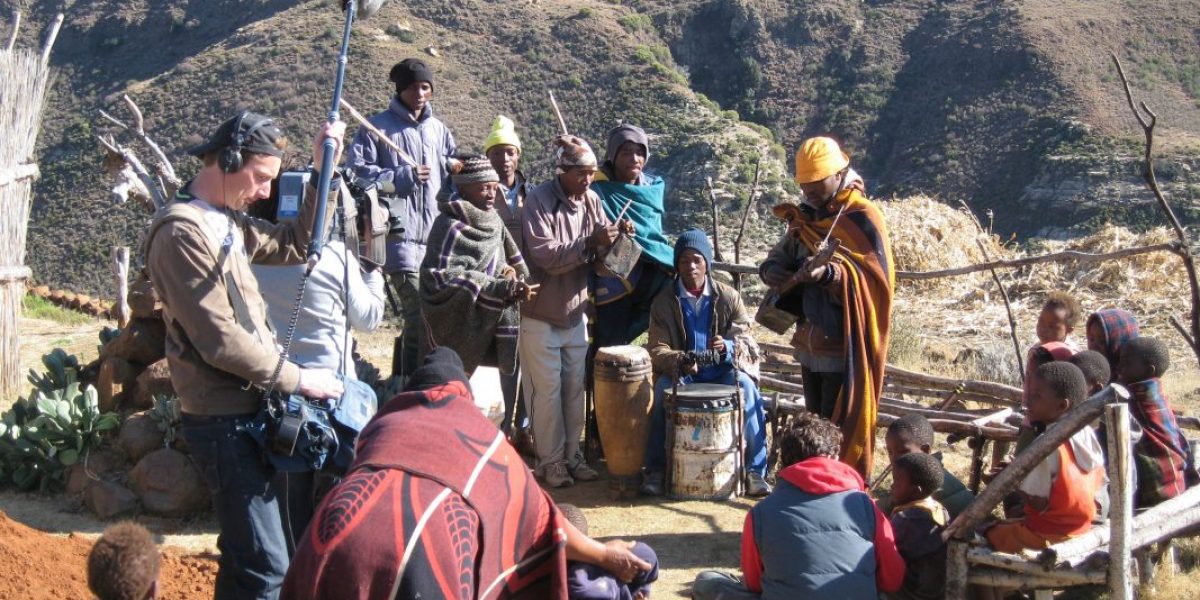To answer this question, the APRM Monitoring Project (AMP) – run jointly by the South African Institute of International Affairs (SAIIA), the Centre for Policy Studies (CPS) and the Africa Governance, Monitoring and Advocacy Project (AfriMAP) – presents “Implementing the APRM: Views from Civil Society – The Lesotho Report.” This report represents the views of researchers and civil society organisations that have analysed the country’s APRM profile and tracked the implementation of its National Programme of Action (NPoA). The report finds that although some progress has been achieved, results have been mixed and the APRM has not been streamlined into the country’s planning processes.
What has changed in Lesotho’s governance since it underwent the African Peer Review Mechanism (APRM) country review in 2009? To answer this question, the APRM Monitoring Project (AMP) – run jointly by the South African Institute of International Affairs (SAIIA), the Centre for Policy Studies (CPS) and the Africa Governance, Monitoring and Advocacy Project (AfriMAP) – presents “Implementing the APRM: Views from Civil Society – The Lesotho Report.” This report represents the views of researchers and civil society organisations that have analysed the country’s APRM profile and tracked the implementation of its National Programme of Action (NPoA). The report finds that although some progress has been achieved, results have been mixed and the APRM has not been streamlined into the country’s planning processes.
The report examines 13 substantive issues, grouped under four overarching themes: vulnerable groups, socio-economic challenges, governance and service delivery. Each issue is rated in order to measure progress achieved, using a colour-coded rating system: green for substantial progress; orange for some progress; and red for little or no progress. In addition, the report attempts to identify linkages to the APRM, indicated by a plus (+) or minus (-) sign. Lesotho received orange ratings for 11 issues and red ratings for two – corruption and poverty. With regard to the overall status of the APRM, the researchers found that the mechanism has a low profile, both in government and in civil society.
The overall rating for Lesotho is orange minus, indicating mixed progress on issues, with little direct linkage to the APRM. To access the full Lesotho ratings page, click here.
On the majority of issues, the research identifies reasonably strong laws, policies and institutions, but significant inadequacies in implementation.
In terms of vulnerable groups, it seems that the plight of poor and vulnerable men has been largely ignored, a factor that has been exacerbated by changes in the economy (including reduced options of making a living through migrant labour or agriculture). Furthermore, the elderly suffer from economic and social vulnerability, while the herders have to accept responsibilities that deprive them of educational opportunities and consequently of future employment choices.
On the socio-economic front, it is noted that over half of the population lives below the poverty line. Significant contributing factors include the decline in employment opportunities domestically and in South Africa, as well as internal political strife, which has discouraged foreign direct investment and stifled development efforts. At the same time, food security is threatened by declining productivity and the shrinkage of arable land. The country is able to produce only about 30% of its annual food needs. The absence of an integrated national food security policy that incorporates such factors as the availability and affordability of food for the population is a serious concern.
Governance is flagged as the most worrying aspect in the report. Both petty and grand corruption has been entrenched through the absence of accountability. Examples here include the consistent return of qualified national audit reports, and scandals such as the sale of official vehicles to public office bearers at discounted prices in 2006–07. These reinforce the perception that corruption is rife in the country. The conduct of elections has also been problematic and elections are often associated with conflict, both before and after the poll. Various axes of conflict are identified, both within political parties and between traditional and elected officials. Some progress has been made to resolve conflict through consultation and dialogue, as well as through revisions to legal and institutional arrangements. However, the consolidation of these gains will depend on a deeper institutionalisation of these structures and practices within a comprehensive conflict-management system.
Finally, in terms of service delivery, Lesotho has made good progress in pursuing broad-based education for its population, resulting in an impressive 82% adult literacy rate, and has followed a policy of free primary education for the past decade. However, questions remain about the quality and relevance of the current education system. More worryingly, Lesotho has one of the highest rates of HIV/Aids in the world. Given the small population (under 2 million), the effects of this pandemic could pose a threat to the survival of Lesotho as a country. While Lesotho’s policies in this respect are commendable, such as the wide distribution of antiretroviral therapies, the effects of HIV/Aids remain serious, including the fate of Aids orphans.
The report recommends remedial action on all the issues covered. The authors hope that this report will assist to re-invigorate the APRM process and NPoA implementation in Lesotho, while also focusing attention on the serious governance challenges remaining in Lesotho.
The report is the second of its kind and follows the June 2011 South African AMP Report. To access the South African AMP Report, click here.








